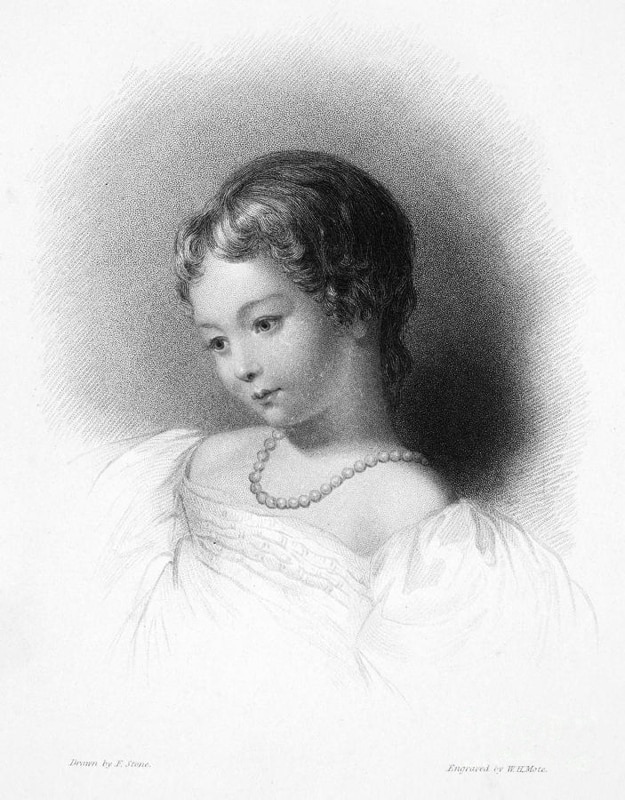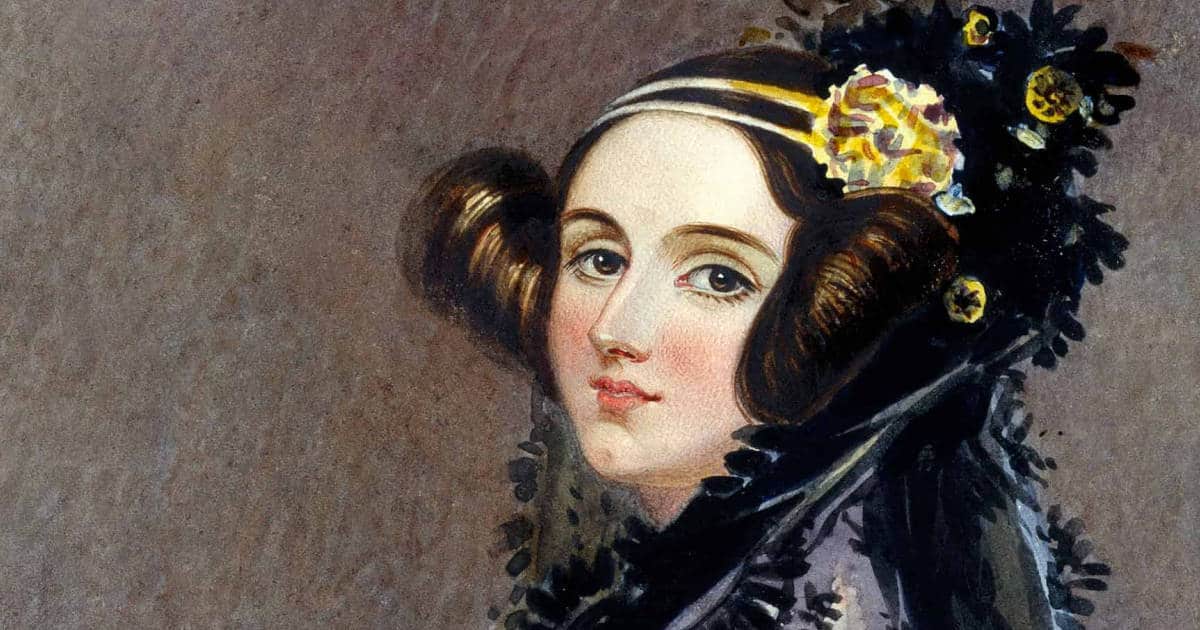Augusta Ada, Countess of Lovelace, was a celebrity from the day she was born on December 10, 1815. The only legitimate daughter of the notorious poet Lord Byron and his straight-laced wife, Annabelle Milbanke, the little girl was immediately caught in the glare of her father’s fame- and overshadowed by his notoriety. For Ada’s parents separated when she was just a few weeks old, and Byron was castigated as depraved and incestuous by Lady Byron as she attempted to justify leaving her husband. As for Ada, she grew up; her mother closely scrutinized her for any Byronic traits.
Mathematics was one of the disciplines prescribed for Ada to practice to regiment her and keep her mind well away from fanciful and rebellious thoughts. Ada embraced and excelled with numbers, and they came to be a focus rather than a distraction for her suppressed mind. She continued her studies into adulthood, and in 1843, at the age of just 28, wrote what was to be the world’s first published computer program. However, despite all her training, Ada’s willful and Byronic side could not be suppressed – which led to a marriage of logic and vision which Ada herself was to dub “poetic science.”

Forming Ada
A woman leaving her husband in the early nineteenth century was virtually unprecedented. However, Lady Byron (the former Annabella Milbanke) managed to do just that and keep her social position by cultivating a reputation for Victorian piety and morals even before the era began. During their short marriage, Annabella had struggled with Byron’s character, finally attributing his drunkenness, erratic behavior and his strange attachment to his half-sister, Augusta to illness. When his doctor assured her that her husband was perfectly well and sane, Annabella felt she had no choice but to separate from him.
To keep her money, her reputation and her child who, under the laws of the time should have stayed with Byron, Annabella had to play a careful game. She ensured the world knew what a corrupting influence on her infant daughter, Ada, Bryon would be, while portraying herself as a loving, attentive mother- even though the little girl was brought up by her grandmother, Judith Milbanke. Ada became a pawn in the battle between her parents; the “inheritor of our bitterness” as Byron put it.
Annabella was determined to root out any resemblance to Byron in Ada. So all her lessons were designed to regulate her mind. Poetry was off the curriculum while music, languages, and mathematics were firmly on it. Young Ada excelled at them all. However, her tutors could not suppress her imagination. When she began to build palaces out of bricks that were designed to teach her, the game was swiftly stopped. At thirteen, while on a trip to Europe, her fascination with the flight of birds led to the design of a flying machine. These were the first signs of how Ada married her imagination and rational mind-the beginnings of what she dubbed her “poetic science.”

However, Ada’s education was also designed to mold her moral character. She was made to feel that any natural childish tendency to question, test or rebel was a sign of the immorality of her father. She grew to be supersensitive towards these ‘faults’ as she tried to win her mother’s love and approval. However, she never quite mastered them. However, if the desire to please failed, there were always ‘the furies’ as Ada dubbed them, a close and loyal band of her mother’s friends who dutifully and gleefully reported any hint of Byronic temperament to Lady Byron.
It was the furies that alerted Annabella of her daughter’s near elopement with one of her tutors when she was 18. As a result, a desperate Annabella placed Ada in the hands of Dr. William King- a devote Christian, lunatic asylum manager and doctor who prescribed trigonometry specifically as a way of purging Ada’s mind of all ‘objectionable thoughts.” Dr. King’s method seems to work. More than ever, Ada was determined to dedicate her mind to reason. Finally, on July 8, 1835, she made a most reasoned marriage to William, Lord King, who in 1838 became the Earl of Lovelace.

